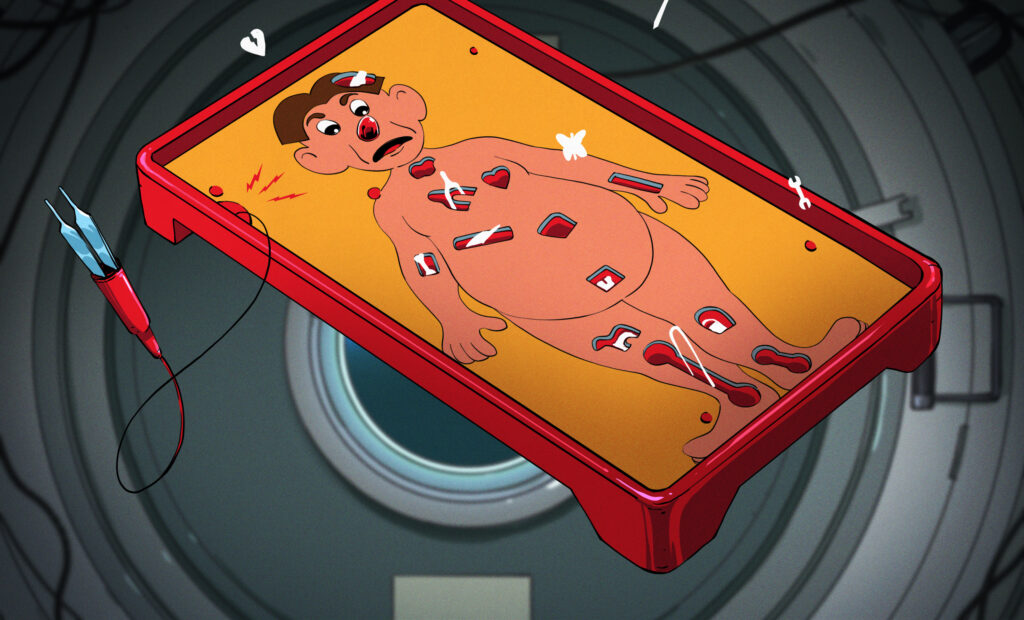
Medical emergencies in space pose unique challenges, particularly aboard the International Space Station (ISS), where astronauts must rely on limited resources for potential injuries. While significant progress has been made in space medicine, the reality is that current protocols are not equipped for surgical interventions, leaving spacefarers vulnerable in the event of a serious medical crisis.
Emergency Care in Orbit
In the event of traumatic injuries such as fractures or internal bleeding, astronauts face a stark reality. Unlike on Earth, where trauma centers are often just minutes away, ISS crews are isolated with only basic medical supplies at their disposal. The principle of the “Golden Hour,” a critical timeframe for providing emergency care, does not apply in the same way in space. Although ISS crew members undergo extensive medical training, they lack the means to perform even the simplest surgical procedures.
The ISS is currently equipped with the Advanced Diagnostic Ultrasound in Microgravity (ADUM), the only medical imaging modality available in orbit. However, should a severe injury occur, the preferred course of action remains evacuation back to Earth, a process that can take several hours. This method of “vertical ambulance ride” requires stabilization of the patient by crew members trained in emergency procedures, including IV initiation and intubation.
Despite rigorous selection processes for astronauts, which minimize the risk of pre-existing conditions, medical incidents can still arise. Past missions have seen cases of cardiac arrhythmias and even kidney stones, which can be debilitating. For instance, during a Mir mission in the 1990s, cosmonaut Anatoly Solovyev experienced kidney stones. Fortunately, he managed to continue his work with only fluids and pain medications.
Research and Future Directions
As humanity plans deeper space missions, the need for surgical capability in orbit becomes increasingly urgent. A study conducted in 2016 by a multidisciplinary team in Canada simulated surgical procedures under weightless conditions. Using a Dassault Falcon 20 Research Aircraft, surgeons practiced a common trauma procedure, surgical hemorrhage control for a liver laceration. This trial highlighted the challenges and potential of performing surgery in microgravity.
The results were promising; all ten surgeries were completed successfully, although some surgeons struggled with nausea. Interestingly, objective metrics showed that procedures in zero gravity might yield better blood loss control compared to those performed under normal conditions, despite subjective difficulties. This suggests that while the environment complicates surgery, it may also offer unexpected advantages.
However, many questions remain unanswered regarding post-operative care in space. Techniques used on Earth, such as draining fluids from surgical sites, may not translate directly to a microgravity environment. Further research is essential to explore the implications of weightlessness on the healing process and how to manage complications that may arise.
As we look to the future, preparing for the first surgical interventions in space will require not only advanced medical training but also innovative solutions to current limitations. Space remains a challenging frontier for medical science, but ongoing research and simulations may pave the way for a more prepared response to medical emergencies beyond our planet.






